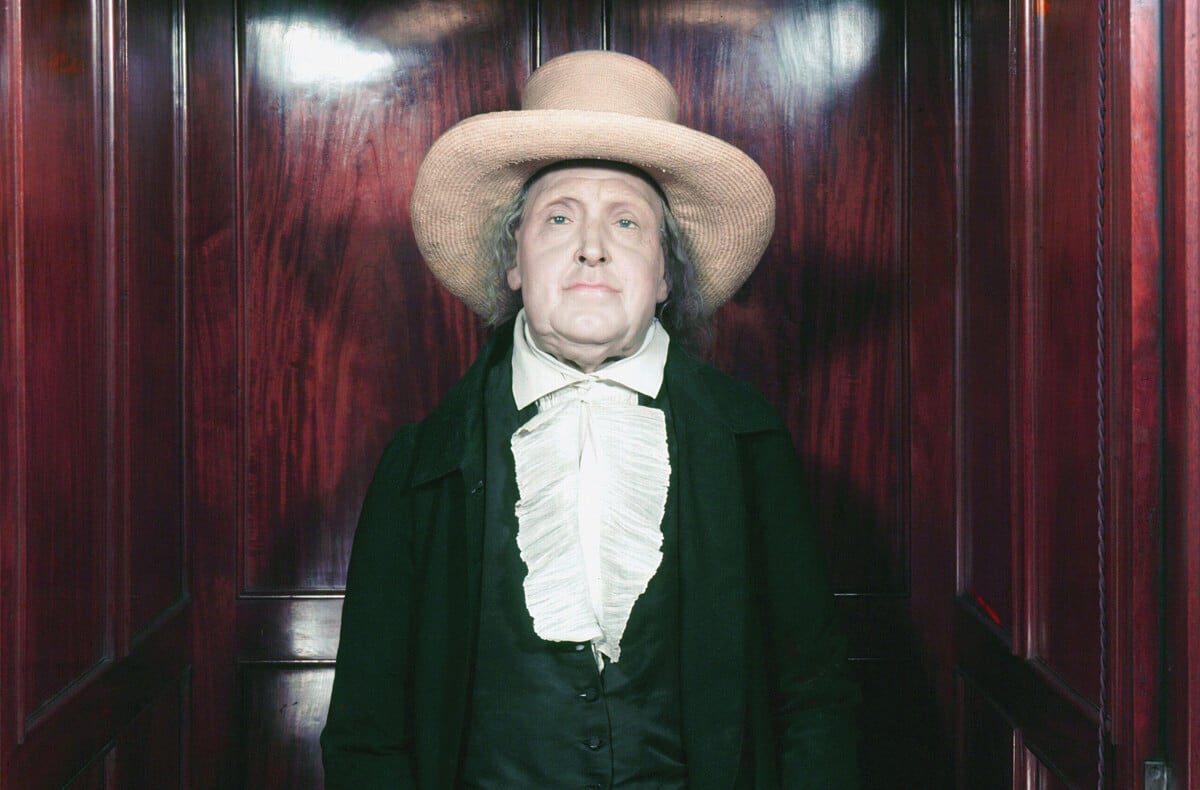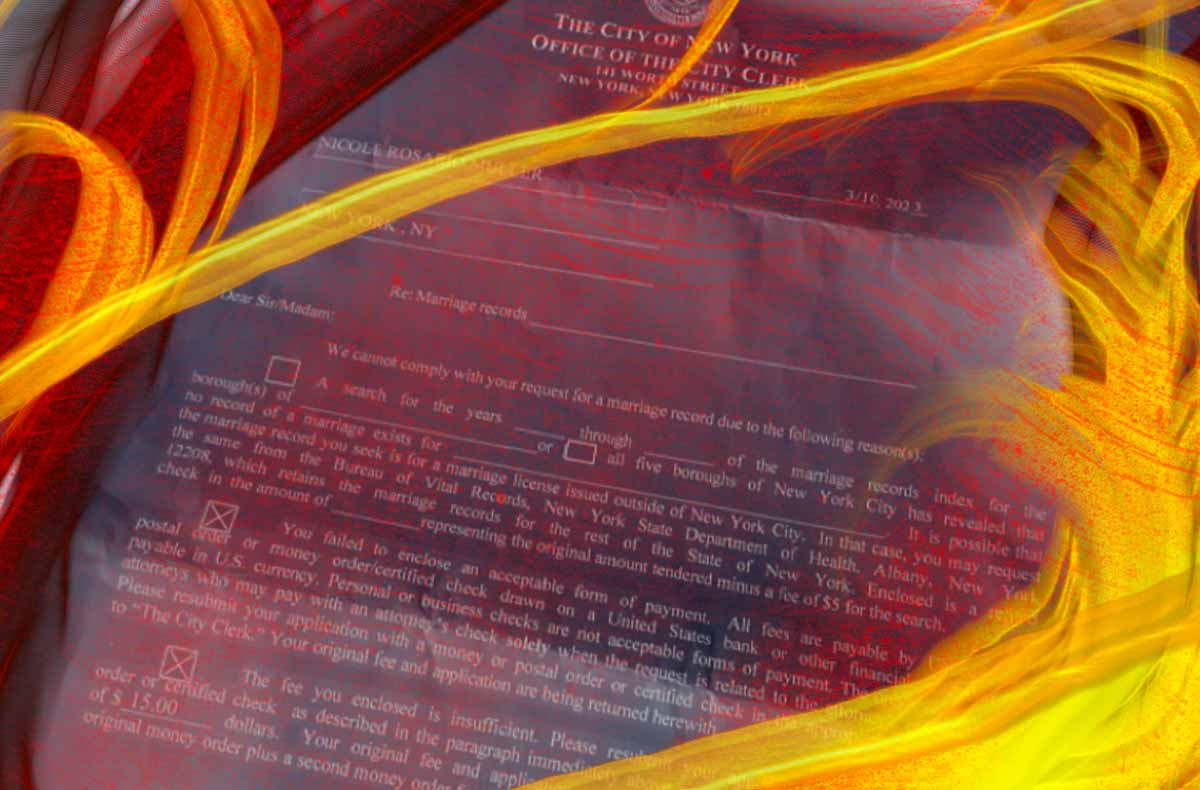
As managing editor here at New Thinking, I’m privy to a whole host of stories that conjure up a lot of… new thoughts. Behind the scenes, when fact-checking, hyperlinking, or researching some interesting current topic, I wind up getting even more unexpected edification—for better or worse. It occurred to me it could be fun to share those with you all in some behind-the-scenes moments and other sundry observations as a regular feature. So: here’s a first go.
***
Recently, I had the pleasure of editing Sam Batista’s fascinating think piece on utilitarianism’s shortcomings in our modern world. It’s been some time since I dug into philosophical texts myself, and in brushing up on Jeremy Bentham, the father of utilitarianism, I came across his indisputably bizarre fragment, “Auto-Icon; or, Farther Uses of the Dead to the Living.”
In this little chestnut, we learn how Bentham believes our physical remains might still prove useful to our survivors, and put forth the idea of preserving our dearly departed in the form of “Auto-Icons.” He imagined such preservation serving our natural, “virtuous curiosity,” and even envisioned that “[e]ntire museums of Auto-Icons would be formed.” (Essentially, he thought up the idea of the Body Worlds exhibit way ahead of his time.)
Learning about Bentham’s Auto-Icon was weird enough. But trust me when I say: it gets weirder.
As might be expected, Bentham requested in his will that his remains be preserved as an Auto-Icon, and his stuffed corpse remains on display in London on the ground floor of UCL’s student centre to this day. At best, this was an imperfect process, so while we don’t get the Body Worlds’ moment of Jeremy Bentham’s plastinated, flayed body charging towards a slam dunk, we do get a stodgy approximation sitting in one of his favorite chairs, ready to chat about ethics and morality.
This is very much by Bentham’s design, who outlined in his will how his corpse should be preserved and presented, as if allowing it to “sit in” on ongoing conversations. In excerpts from his will, as furnished by UCL, Bentham instructs his “dear friend Doctor Southwood Smith” to “take the requisite and appropriate measures for the disposal and preservation of the several parts of my bodily frame” according to his specific directions. This included setting up ”the skeleton… in such a manner as that the whole figure may be seated in a chair usually occupied by me when living, in the attitude in which I am sitting when engaged in thought in the course of time employed in writing.” (I like that he’s essentially asking him to “make me look busy”.)
Bentham also instructed his skeleton “be clad in one of the suits of black occasionally worn by me” (I read this as, “make it fancy, but still me—like me on my best day”) and stipulated the body, chair et al get encased in an “appropriate box or case” that’s “engraved in conspicuous characters.” Because wouldn’t it be super embarrassing if you mistook the stuffed corpse of one English philosopher for another? He also called for the inclusion of clearly-labeled glass cases “in which the preparations of the soft parts of my body shall be contained.”
If you’re wondering what “soft parts” that might include, so did I. Since I’m not eager to turn to the National Archive for the full text in all its indecipherable handwritten glory, I got some insights into this unfortunate question from a piece from the Daily Mail, which detailed how Bentham’s stuffed corpse got to fly to New York for an exhibit. (I hope he did not fly coach.) In her article, Lara Keay summarizes Bentham’s final instructions to Dr. Smith as follows: “to preserve his body by stripping out the flesh, preserving his genitals in wine containers, and dressing his skeleton in clothes.”
Of course that’s what the soft parts were. And of course they needed to be “clearly labeled”—can you imagine the potential nightmare scenario of stumbling across a poorly labeled wine container that actually has Jeremy Bentham’s pickled privates? “Wow! I’ve just found this amazing vintage of bordea—OH MY GOD.”
The excerpt from Bentham’s will concludes in a way that’s honestly kind of cute, in that sort-of-egotistical-but-also-kind-of-insecure way. He writes:
“If it should so happen that my personal friends and other disciples should be disposed to meet together on some day or days of the year for the purpose of commemorating the founder of the greatest happiness system of morals and legislation my executor will from time to time cause to be conveyed to the room in which they meet the said box or case with the contents therein to be stationed in such part of the room as to the assembled company shall seem meet.”
Basically it’s Bentham saying, “hey guys… like… you don’t have to, but, you know, if you wanted to have a party, and like… remember how awesome I was at philosophy and stuff, that would be cool.” And he just wants to make sure that he’s wheeled in to avoid any post-mortem FOMO.
So ultimately, Bentham has figured out a way to be one of the more relevant corpses out there, still starting conversations and inviting us all to join him for a party. But if you do… just be careful about what bottle of wine you open.



